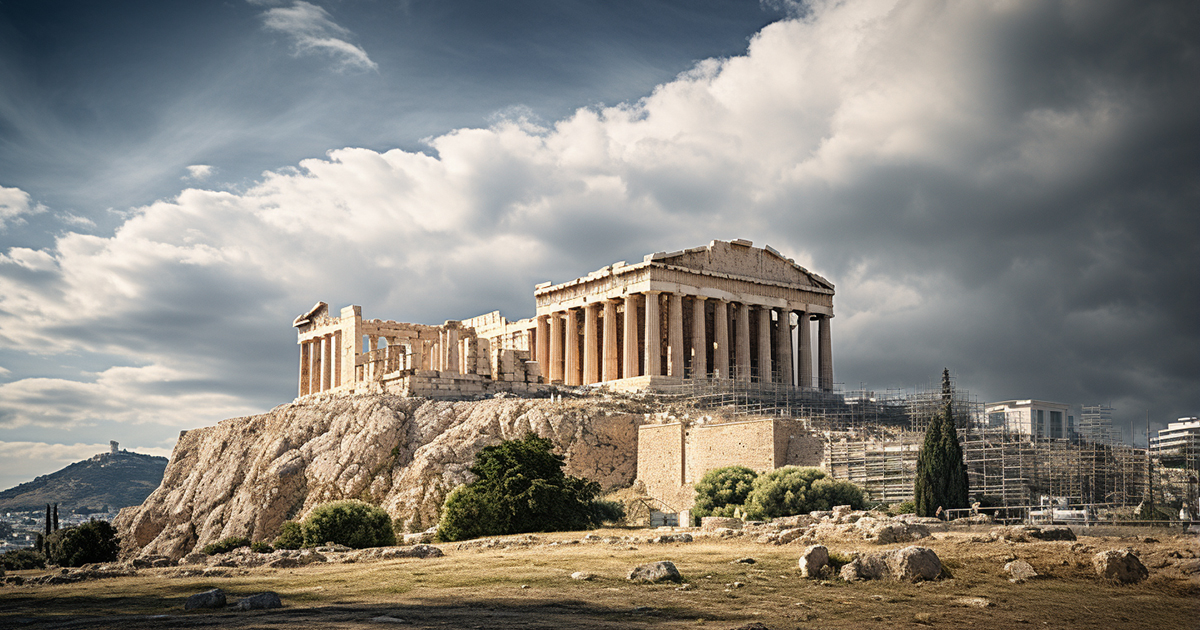Perched above the bustling streets of Athens stands the Parthenon, a timeless wonder captivating individuals globally for ages with its exquisite marble beauty and commanding presence on the Acropolis, showcasing the Greeks’ mastery in architecture and aesthetics.
A hidden celestial harmony awaits exploration behind its symmetrical facade.
Commissioned in the 5th century B.C. by the renowned Pericles to celebrate the Athenians’ victory over the Persians following a prolonged siege, the Parthenon epitomizes a period of cultural prosperity in Athens, giving rise to artworks, literature, and edifices that continue to ignite our creativity.
The resplendent temple, gleaming in its marble grandeur, exemplified the epitome of Greek temple design, leaving spectators in awe.
While the flawless outer appearance of the Parthenon is striking, it cloaks an intriguing mystery—the intentional imperfections crafted by the ancient Greeks, skilled not only in geometry but also in crafting visual tricks.

Masters of optical illusions, the Greeks utilized them to craft an apparently seamless structure.
Though the columns seem perfectly straight from afar, a closer examination reveals a subtle incline towards one another, intended to converge if extended—a captivating deceit devised by the constructors.
Moreover, the columns are not uniform cylinders; they gently swell at the center, a purposeful deviation from perfection to counteract optical illusions perceived by our minds.
The meticulous integration of optical illusions by the Greeks in the Parthenon sought to blend the mortal with the divine, aligning with the ancient Greek belief where flawlessness symbolized the divine, and the temple aimed to encapsulate this perfection.
Each flaw and illusion was a conscious decision to infuse the temple with a divine aura, acting as a bridge between the earthly and divine realms.
Watch the Video:
As we gaze at the Parthenon today, we not only appreciate a pinnacle of architectural genius but also witness humanity’s aspiration to transcend towards the divine.
The deliberate imperfections of the temple serve as a reminder that in our quest for flawlessness, we often unearth a profound connection to something greater—an eternal voyage to bridge the earthly and divine, echoing the ancient Greeks through the remarkable construction of the Parthenon.
